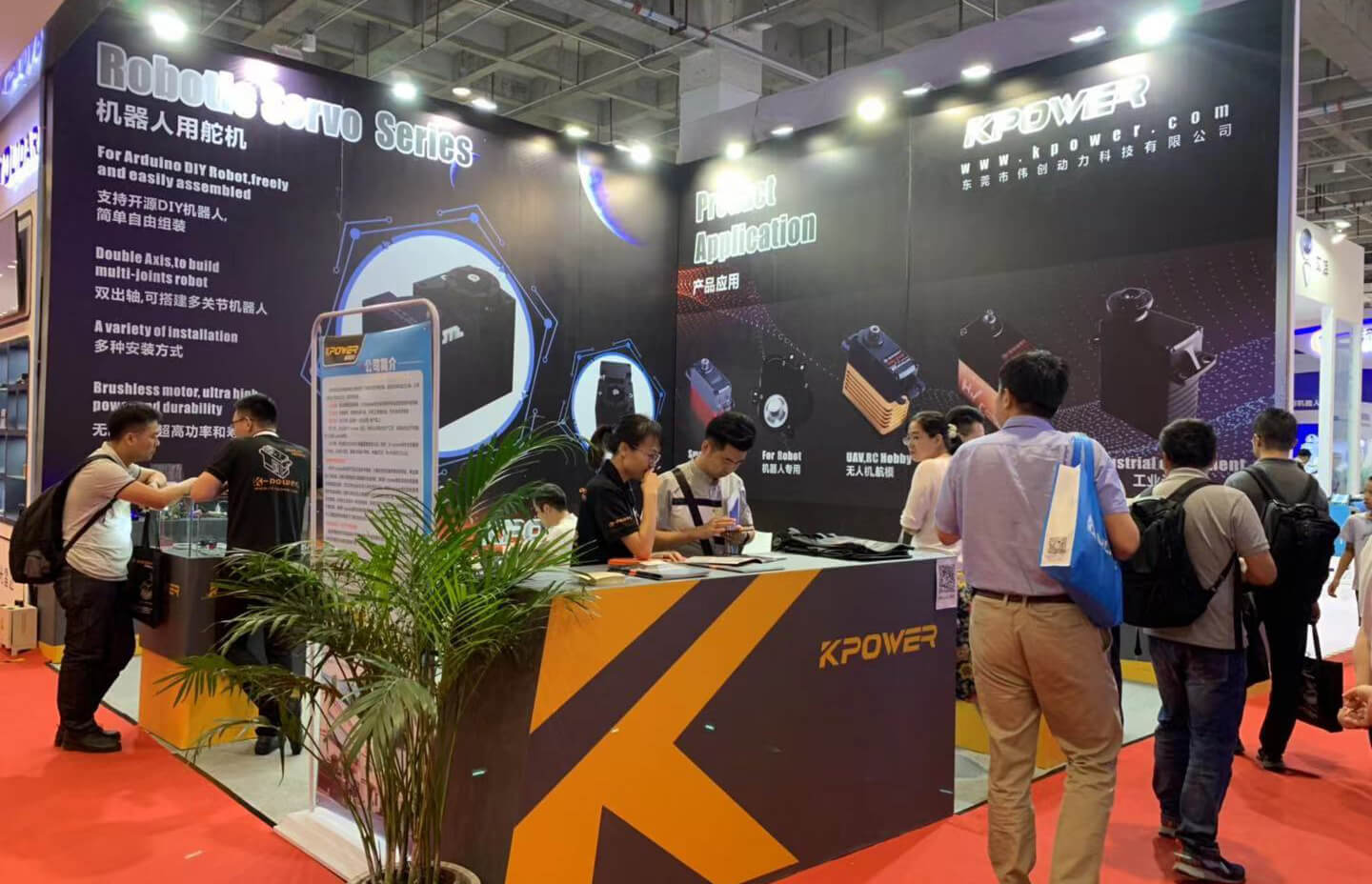Sure! Here is the first part of a soft, engaging article on "how to use a servo motor with Elegoo," crafted to be informative and inviting. I'll follow the specified format.

Unleashing Precision: A Beginner’s Guide to Using a Servo Motor with Elegoo
If you’ve ever marveled at the smooth movement of robotic arms, camera gimbals, or remote-controlled cars, chances are servo motors are behind those feats of engineering. Their ability to precisely control angular position makes them a favorite among hobbyists, educators, and professionals alike. For those working with Elegoo’s various microcontroller kits—particularly their Arduino-compatible boards—integrating a servo motor can open up a world of creative projects, from simple automation to complex robotics.
But how exactly do you get started? While it may seem daunting at first, using a servo motor with Elegoo is quite straightforward once you understand the basics. This guide aims to walk you through the fundamental steps, ensuring you’re equipped with the knowledge to bring your ideas to life.
What is a servo motor? The term "servo" covers a range of motors designed for precise control of position, speed, and torque. Unlike regular DC motors, which run continuously when power is applied, servo motors are equipped with feedback mechanisms—like potentiometers—that allow them to "know" their position. This makes servo motors ideal for applications where precise angular movement is essential.
Most commonly, hobby servo motors operate on a power supply of 4.8V to 6V and accept PWM (Pulse Width Modulation) signals to control their position. The signal is a series of pulses—usually ranging from 1 to 2 milliseconds—repeating approximately every 20 milliseconds, with the pulse width dictating the angle.
Why use a servo with Elegoo? Elegoo’s microcontrollers, such as the popular Uno R3 and Mega, are designed to be user-friendly and extendable, making them perfect for controlling servo motors. The simplicity of the PWM signals and the versatility of Arduino programming language mean that deploying a servo in your project is often just a few lines of code away.
Getting started: What you need
Elegoo microcontroller board (often an Arduino Uno clone) Standard servo motor (like the MG90S or SG90) Power supply (preferably 5V, such as the Elegoo power module or USB power bank) Connecting wires (jumper wires - male-to-male) Breadboard (optional, for easier connections) Arduino IDE (software to program your Elegoo board)
Basic Wiring Setup Connecting a servo motor is remarkably simple. Most servo motors have three wires—power (usually red), ground (black or brown), and signal (white, orange, or yellow).
Power connection: Connect the red wire of the servo to the 5V pin on the Elegoo board. Ground connection: Connect the black/brown wire to the GND pin. Signal connection: Connect the white/orange/yellow wire to a PWM-capable digital pin on the Elegoo. Pins 9, 10, or 11 are typical choices on the Uno.
Here’s a quick tip: If your servo demands more power than the Elegoo board’s 5V pin can supply (which is often the case with larger servos), use an external 5V power source. Never power multiple servos directly from the board—you could damage your microcontroller.
Testing your hardware setup Before diving into coding, verify your wiring:
Make sure all connections are secure. Confirm the power supply is active. Avoid applying power while double-checking wiring to prevent shorts.
Once wired correctly, you’re ready to program your servo.
Programming with Arduino IDE The Arduino IDE provides a Servo library, making it super easy to control servo motors.
The most basic sketch looks like this:
#include Servo myservo; void setup() { myservo.attach(9); // attach servo to pin 9 } void loop() { myservo.write(0); // move to 0 degrees delay(1000); myservo.write(90); // move to 90 degrees delay(1000); myservo.write(180); // move to 180 degrees delay(1000); }
Upload this code to your Elegoo board, and watch your servo sweep through a simple range of positions. Adjust the attach() function to match your wiring, and experiment with different angles in the write() commands.
Understanding the code
Servo.h library: simplifies servo control. attach(pin): binds a servo object to a specific PWM pin. write(angle): sets the servo’s angle in degrees, from 0 to 180 (or whatever your servo supports). delay(ms): pauses the program, allowing the servo to reach the position before moving on.
Calibration and Limitations Most hobby servos have physical limits often less than 180 degrees—check your servo’s datasheet. Moving beyond these limits can strain the motor or cause it to stall. You can set your program to only move within safe ranges, and sometimes calibrate the minimum and maximum PWM signals for your specific servo.
Next Steps Once comfortable with basic movement, you can explore more advanced controls, such as:
Using sensors to dynamically adjust servo position (like a light tracker or obstacle avoider). Creating synchronized movements with multiple servos for complex robotics. Incorporating potentiometers to manually control the angle.
In the next part, we’ll delve deeper into troubleshooting, expanding your project capabilities, and integrating servos into larger systems.
Kpower has delivered professional drive system solutions to over 500 enterprise clients globally with products covering various fields such as Smart Home Systems, Automatic Electronics, Robotics, Precision Agriculture, Drones, and Industrial Automation.




































